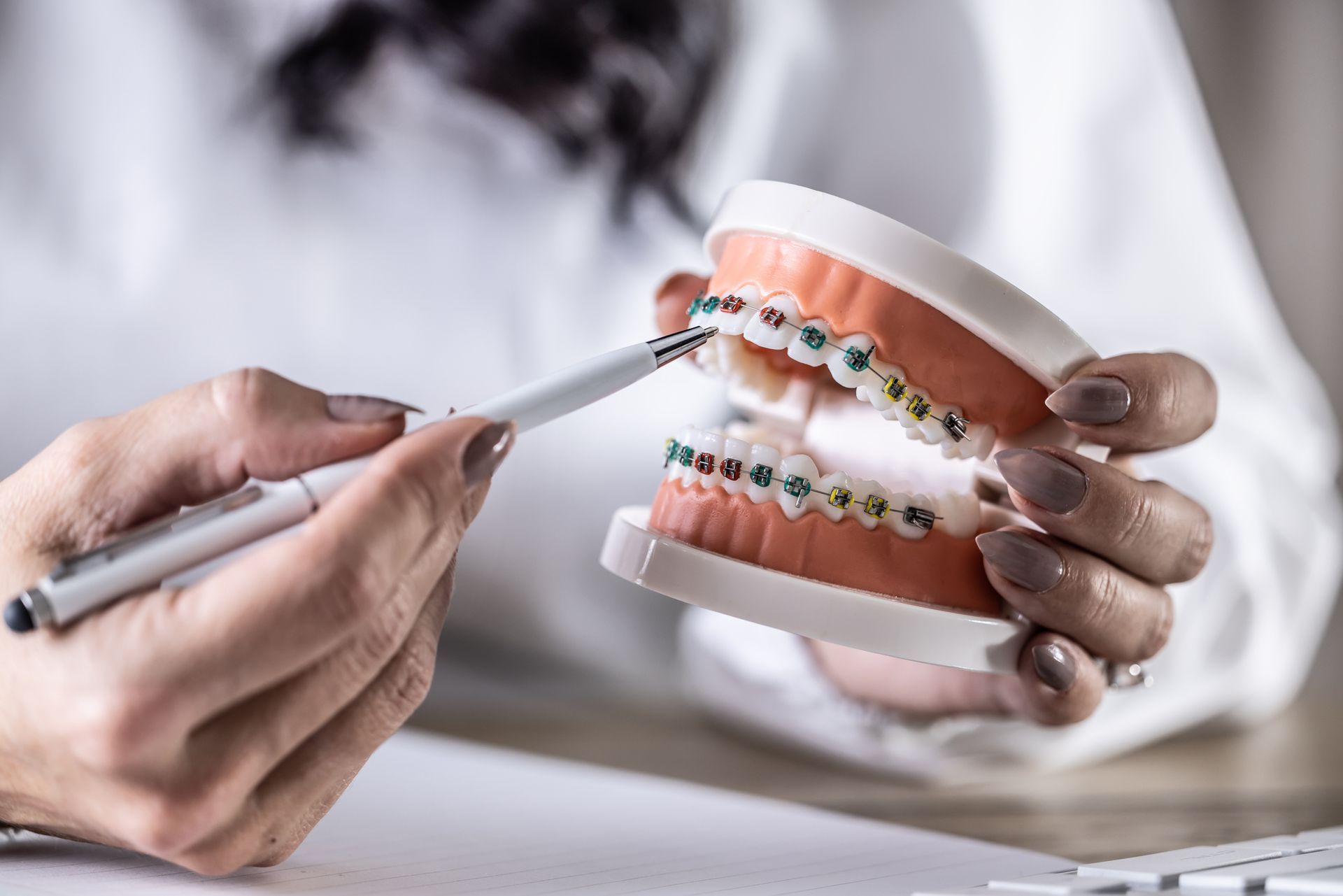Restorative Dentistry
Dental implants
Dental implants are artificial tooth replacements that were first developed half a century ago by a Swedish scientist named Per-Ingvar Branemark. Implants arose from the patient’s need to secure loose-fitting dentures. Since the advent of the implant, engineering and enhancements to the implant have enabled dentists to expand the implant’s usefulness, including the replacement of missing or lost teeth. Today, implant techniques provide a wide range of tooth replacement solutions including:
- Single tooth replacement
- Anterior replacement
- Posterior replacement
- Full upper replacement
Post Implant Care
Although proper oral hygiene is always recommended for maintaining good dental health, it is especially important when a patient has received a dental implant. Bacteria can attack sensitive areas in the mouth when teeth and gums are not properly cleaned, thus causing gums to swell and jaw bones to gradually recede. Recession of the jawbone will weaken implants and eventually make it necessary for the implant to be removed. Patients are advised to visit their dentists at least twice a year to ensure the health of their teeth and implants. Dental implants can last for decades when given proper care.
Crowns & Bridges
A crown is a custom-made covering that fits over an original tooth that is either decayed, damaged or cracked. Crowns are made of a variety of different materials such as porcelain, gold, acrylic resin or a mix of these materials. Porcelain generally has the most natural appearance, although it is often less durable.
Treatment Plan For Crowns
- Numbing the tooth to remove the decay in or around it
- Re-sculpting the tooth to provide an ideal fit for the crown
- Making an impression of your teeth in order to create a custom-made crown (usually takes two weeks)
- Making a temporary crown out of a acrylic resin and fitting it onto the tooth during the interim period when the custom-made crown is being created
- Applying the custom-made crown (when received from the lab) by removing the temporary crown and fitting the custom-made one onto the tooth
- After ensuring that the crown has the proper look and fit, the dentist cements it into place
This process generally consists of a minimum of two to three visits over a three to four week period. Once the procedure is completed, proper dental hygiene, including daily brushing and flossing, is required to maintain healthy, bacteria-free teeth, gums and crowns. This helps in the prevention of gum disease. Given proper care, your crowns can last a lifetime.
Bridges
A bridge is a dental device that fills a space that a tooth previously occupied. A bridge may be necessary to prevent:
- Shifting of the teeth that can lead to bite problems (occlusion) and/or jaw problems and resultant periodontal disease.
- Bridges safeguard the integrity of existing teeth and help maintain a healthy, vibrant smile.
Three Main Types of Bridges
- A fixed bridge is the most popular and consists of a filler tooth that is attached to two crowns, which fit over the existing teeth and hold the bridge in place.
- The “Maryland” bridge is commonly used to replace missing front teeth and consists of a filler that is attached to metal bands that are bonded to the abutment teeth. The metal bands consist of a white-colored composite resin that matches existing tooth color.
- The cantilever bridge is often used when there are teeth on only one side of the span. A typical three-unit cantilever bridge consists of two crowned teeth positioned next to each other on the same side of the missing tooth space. The filler tooth is then connected to the two crowned teeth, which extend into the missing tooth space or end.


